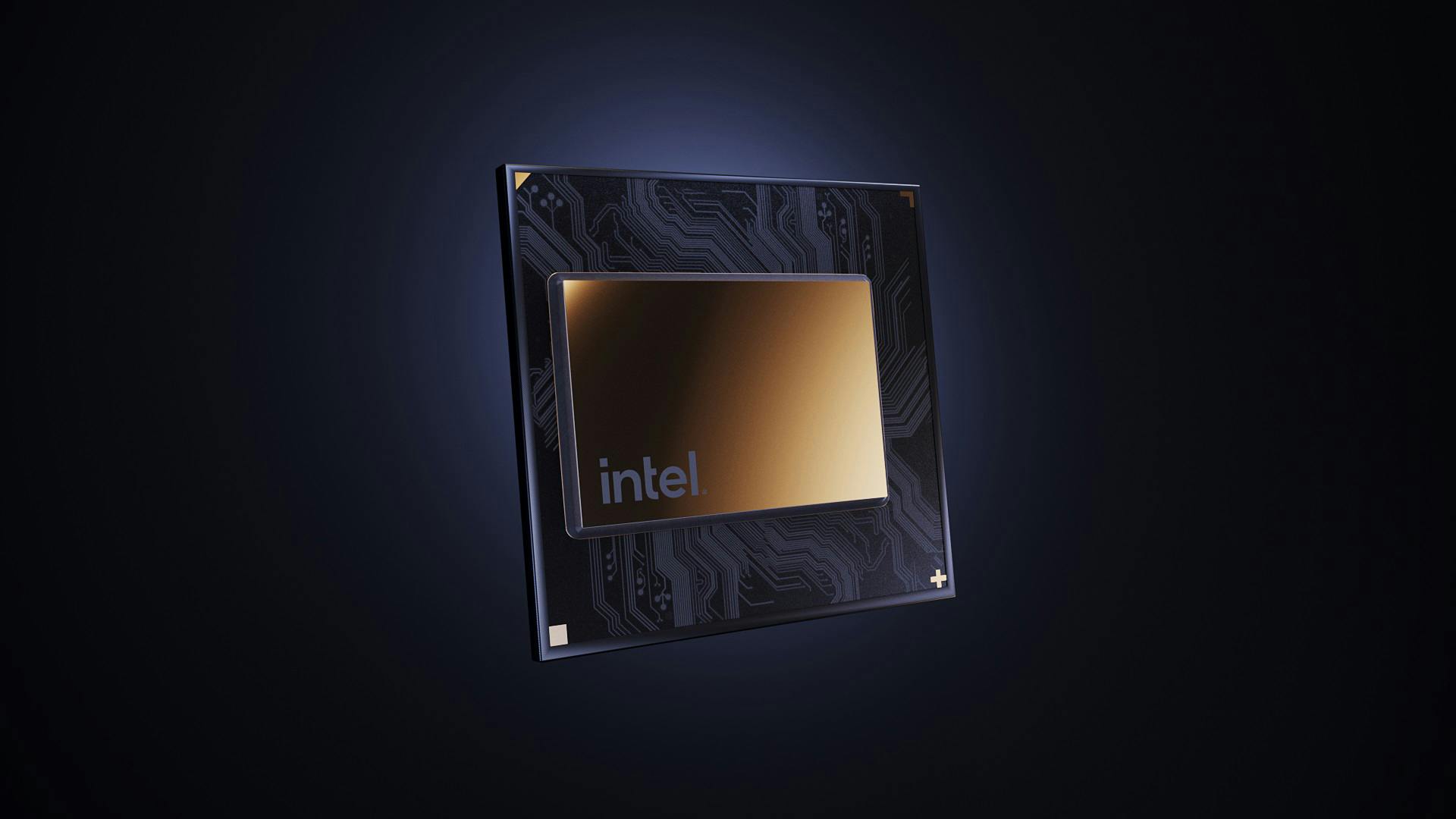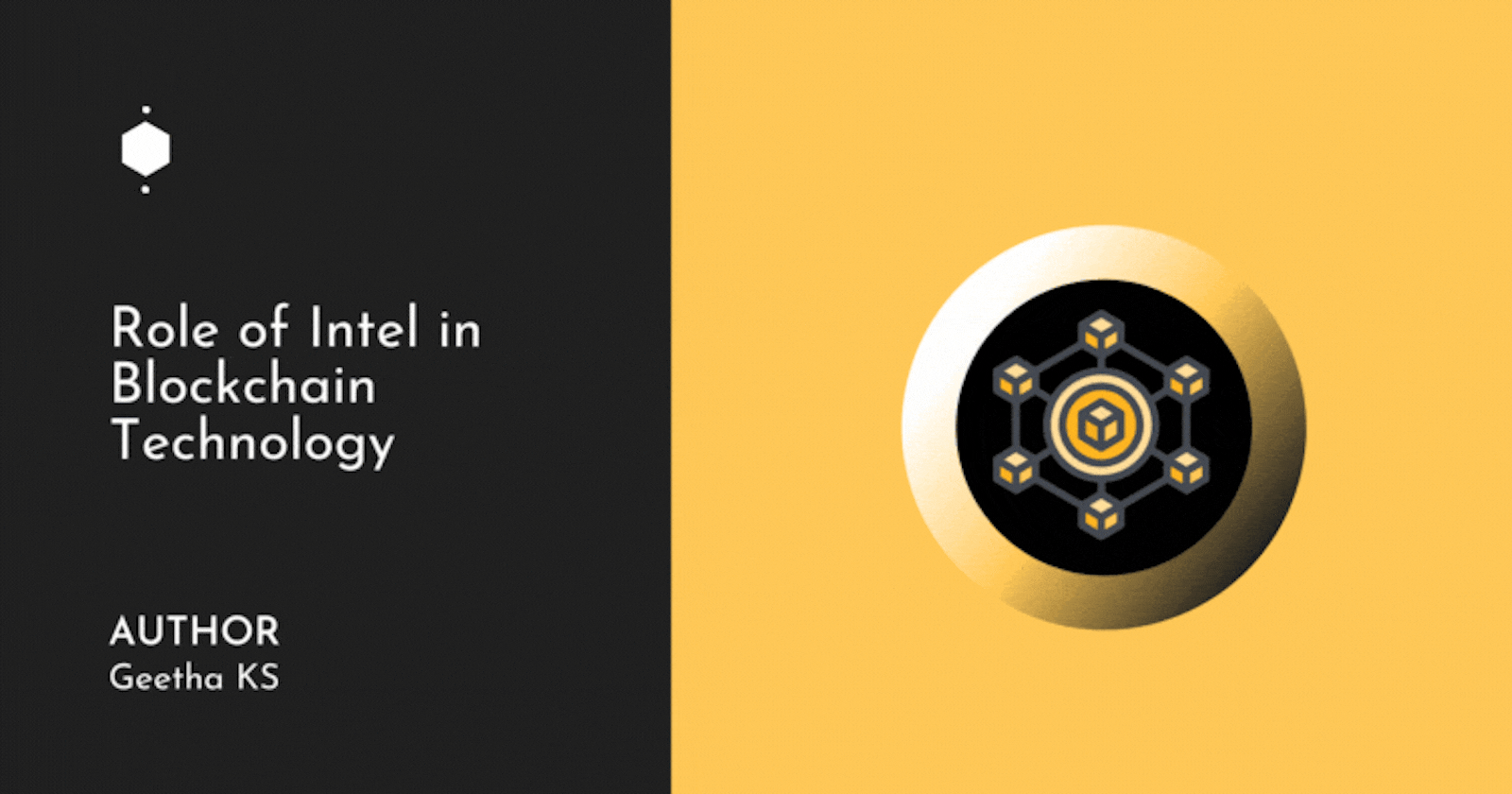Table of contents
No headings in the article.
Blockchain has been the trendsetter of the year and Momentum around the topic continues to escalate. To create effective business Models, Intel has been delivering optimal solutions with huge throughputs and returns with efficient energy. Decades of R&D in cryptography, hashing techniques, and ultra-low voltage circuits make it possible for the application of Intel Tech in the Blockchain domain without any compromise on the vision.

Major Breakthrough for Intel In Blockchain is the creation of Intel Blockscale ASIC, used for cryptocurrency mining. Created in such a way that performance and efficiency could be balanced, the frequency range and acceleration offered are wide with on-chip temperature and voltage sensing capabilities. It has been designed to help bitcoin mining companies achieve sustainability and hash rate scaling objectives in future.
Intel aims to enable transformations in blockchain with a huge amount of contributions in the domain including Software Guard Extensions (SGX) to protect Blockchain data through encryption until required for a transaction with TEE (Trusted Execution Environment) verifications and Xeon scalable processors to optimize the performance of cryptographic hashing and improved blockchain security.

The organization has also shown interest in combining Blockchain with IoT - BIoT for businesses to secure their IoT systems in future as every IoT system proves to be vulnerable to attacks. This Shared ledger type of transformative technology is known as the basis for Bitcoins where Blockchain technology stores data across variable locations than maintaining one central repository, making the data more secure.
This hybrid provides the most efficient solution for IoT security as the central authority is in safe hands. BIoT offers indisputable and tamper-proof records making it easy to track anything in the chain. The transparency involved makes Blockchain ideal for smart contracts which makes the hybrid a win-win situation for both the domains involved.

Even though there is mindfulness that blockchain requires an enormous amount of computing power, as customers demand scalable and sustainable solutions, the architecture is implemented on a tiny piece of silicon to minimize the impact on the supply of current products as direct engagement with the customers is the ultimate goal.
No matter how the future evolves, Blockchain remains the inflection point in computing, disrupting storage techniques as we enter the era of Metaverse. The organization is expecting its innovations to deliver a performance which turns out to be 1000x better than mainstream GPUs. There is the aspiration to anchor technologies to deliver energy-efficient technologies that provide a better tomorrow.
References:

